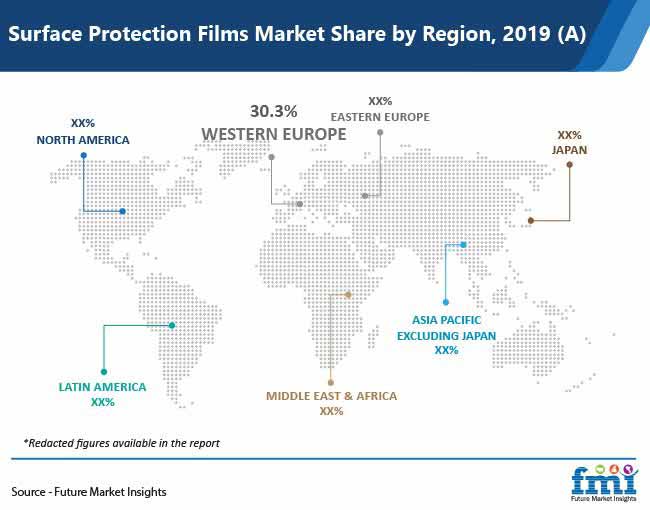Butyraldehyde is a colorless, liquid with a pungent odour. It is produced by reacting propylene and synthesis gas over a catalyst (mostly rhodium). It is highly soluble in most common organic solvents, but scantly soluble in water. Butyraldehyde which is also known as butanal is used as a raw material for downstream organic synthesis of products such as n-butanol, trimethylolpropane, 2-ethylhexanoic acid, and polyvinyl buthylal. These chemicals are in turn used to produce synthetic resins, rubber accelerators, pharmaceuticals, perfumes, crop protection chemicals, and pesticides among others.
Butyraldehyde is mostly used as a raw material for producing n-butanol, which is used to manufacture pharmaceuticals, polymers, and pyroxilin plastics. It is also used as diluents in melamine-formaldehyde and urea-formaldehyde resins production. The second largest application for butyraldehyde is production of 2-ethylhexanol, which is used in DEHP, a plastic softener phthalate. Trimethylolpropane, polyvinyl butyral and 2-EH acid accounts for low consumption of butanal.
Request Sample Copy of Report: https://www.futuremarketinsights.com/reports/sample/rep-gb-362
Due to the varied applications of the downstream derivatives of butyraldehyde, it enjoys high demand from various end use industries. Pharmaceutical and plastic industry accounts for the maximum demand of butyraldehyde. Its use as a pesticide and crop protection chemical also bodes well for butyraldehyde market. However, it poses health hazard as well as environmental threats through direct contact is expected to hamper the market growth during the forecast period. Moreover, DEHP which is one of the main consumers of butyraldehyde, has been listed by REACH as one of the most harmful chemicals to human, and is banned in Europe. In the U.S there are strict regulations regarding the manufacture, storage, and transportation of butyraldehyde. The North American market is the largest consumer of butyraldehyde, followed by Asia Pacific.
Multinational chemical companies such as BASF SE, Dow Chemicals, Asahi-Kasei and Eastman Chemical Company are the major players in the market.
This research report presents a comprehensive assessment of the market and contains thoughtful insights, facts, historical data and statistically-supported and industry-validated market data and projections with a suitable set of assumptions and methodology. It provides analysis and information by categories such as market segments, regions, product types and distribution channels.
Request Brochure of Report: https://www.futuremarketinsights.com/reports/brochure/rep-gb-362
The report covers exhaustive analysis on:
- Market Segments
- Market Dynamics
- Market Size & Forecast 2015 -2025
- Supply & Demand Value Chain
- Current Trends/Issues/Challenges
- Competition & Companies involved
- Technology
- Value Chain
- Market Drivers and Restraints
Feel free to ask your queries at https://www.futuremarketinsights.com/ask-question/rep-gb-362
About Future Market Insights (FMI)
Future Market Insights (FMI) is a leading provider of market intelligence and consulting services, serving clients in over 150 countries. FMI is headquartered in Dubai, and has delivery centers in the UK, U.S. and India. FMI’s latest market research reports and industry analysis help businesses navigate challenges and make critical decisions with confidence and clarity amidst breakneck competition. Our customized and syndicated market research reports deliver actionable insights that drive sustainable growth. A team of expert-led analysts at FMI continuously tracks emerging trends and events in a broad range of industries to ensure that our clients prepare for the evolving needs of their consumers.
Contact:
Corporate Headquarter
Future Market Insights,
1602-6 Jumeirah Bay X2 Tower,
Plot No: JLT-PH2-X2A,
Jumeirah Lakes Towers, Dubai,
United Arab Emirates
Website: https://www.futuremarketinsights.com
